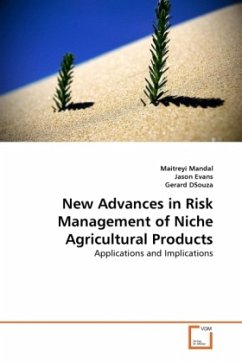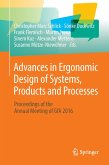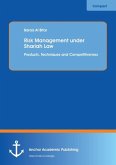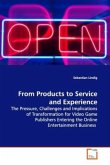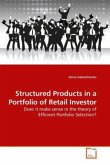The study area for this analysis is the US Appalachian state of West Virginia, where pasture- based livestock has traditionally dominated the state's agricultural production sector. Enhanced production risk has been identified as a key risk factor in grass-fed beef production. This book examines various strategies that can be used by grass-fed beef producers to mitigate the impacts of risk. Included are an assessment of traditional tools such as government-administered livestock and crop insurance policies, to newer, market-based tools such as financial options and weather derivatives available through the Chicago Mercantile Exchange. A combination of stochastic dominance, burn analysis, Monte Carlo, Markov chain and Black- Scholes techniques is used to evaluate various derivative structures such as puts, calls, swaps, collars, straddles and strangles. The results should have implications for academicians, practitioners and policy makers. To the extent that rainfall and similar weather derivatives are analyzed, it can help inform the growing debate centered around strategies to help producers counter farm-level climate change impacts.
Bitte wählen Sie Ihr Anliegen aus.
Rechnungen
Retourenschein anfordern
Bestellstatus
Storno

